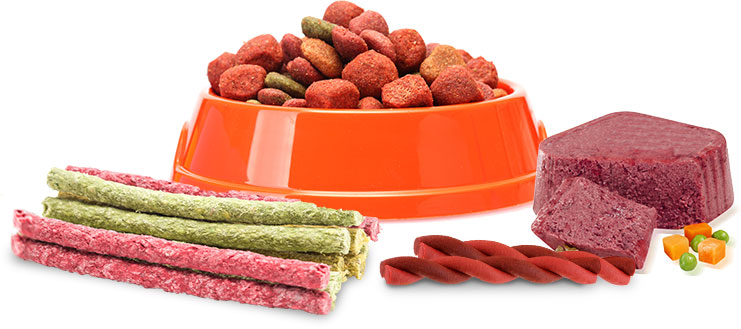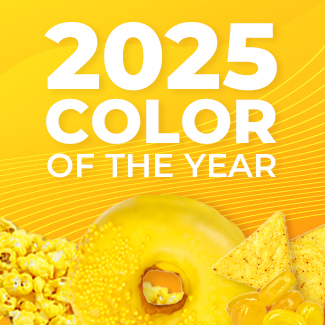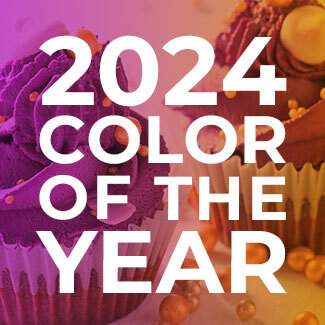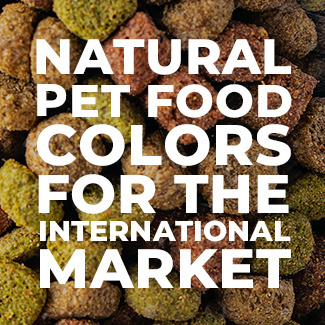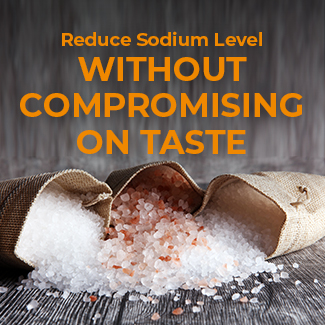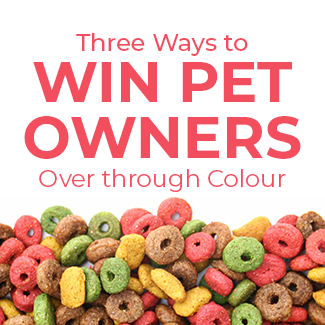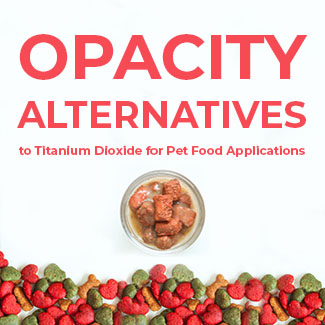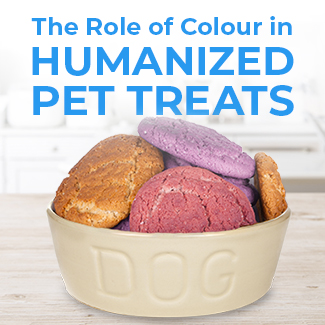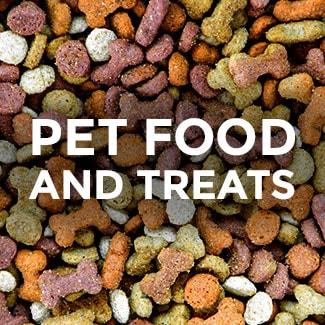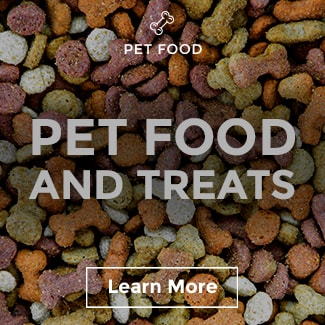Replacing Red 40 in Pet Food Applications
Requests for Clean Ingredient Colours for Pet Food Increasing
In the past year, we have seen pet brands mirror the human food industry’s shift to cleaner ingredients. According to data from Mintel, about 90% of new pet food products used natural colour instead of artificial in 2017. A lot of this initial conversion activity in pet food started with caramel replacement projects, due to ongoing scrutiny and uncertainty of the common colour. But lately, there has been increased interest in replacing artificial colours, especially Red 40. According to Sensient Consumer Research, over 40% of pet owners are concerned about the presence of artificial dyes like Red 40 in their furry family members’ food. Additionally, about 70% would be more inclined to purchase a pet food brand that has replaced synthetic colours with botanical alternatives.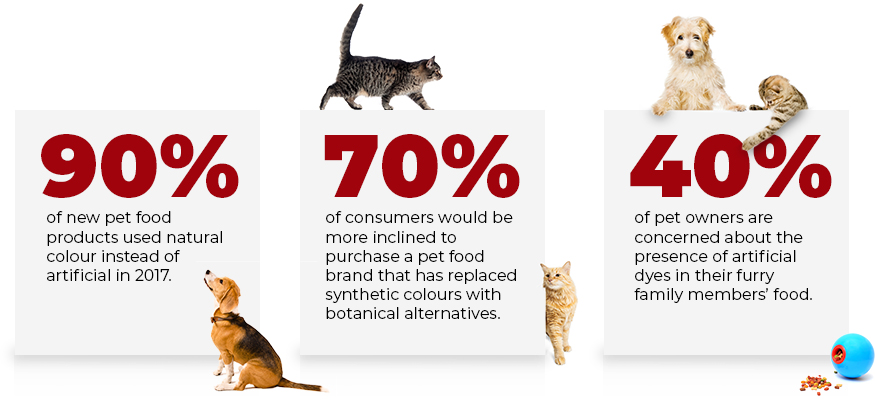
Natural Colour Challenges for Red Shades in Pet Kibble and Treats
Our R&D team has been addressing three main challenges in their development of natural red solutions for pet food applications.#1 THE pH PROBLEM
Typically, pet food products are in the 5-7 pH range, and the heat associated with extrusion can cause the pH to rise even further. While nature provides us with a bounty of red anthocyanin options, under these pH conditions, these colour sources will shift from red to purple.
#2 Consumer Perception of Naturalness
Red Iron Oxides would mitigate the pH challenge for pet food developers, but there are some drawbacks to Iron Oxide colourants. From a labeling perspective, they are typically not perceived as clean ingredients. In fact, only 25% of consumers consider Iron Oxides as “natural” colour options according to Sensient Consumer research. This perception of unnaturalness may stem from the synthesization and reaction steps required to manufacture Iron Oxide colourants.
#3 The Maillard Reaction
Beet juice is a logical alternative to anthocyanin colours and provides clean label advantages unlike red Iron Oxides. However, the red shades of beet tend to brown under the harsh heat conditions of extrusion and high shear mixing due to the Maillard reaction. Pet developers tend to increase the usage rate of their beet colourant to offset the browning— however, this is a common misjudgment! Higher usage rates typically lead to other problems such as issues with texture and taste.
Red Hot Solutions for Pet Food Developers
Our R&D team has found success employing carmine across various pet food applications. From a performance standpoint, it has many of the same advantages of Red 40. Carmine provides very appealing red shades at different pH levels and stands up to high heat processing. Even though colours sourced from carmine are considered treif, the non-kosher status has only been an issue in human foods and less so in pet foods. Using carmine could be a very cost-effective way to replace Red 40 in kibble and treats. While carmine is a good option, Sensient’s SupraRed™ technology is an even more ideal solution. Its prefix alludes to the many benefits of the plant-based innovation, including:- Stands up to heat processing of extrusion and high shear mixing
- Can be labeled as vegetable juice or beet juice
- Highly concentrated colourant = lower usage rates
- Meets Kosher and Halal specifications
- A key building block to create other shade possibilities for pet food
Request samples for your bench work here.
